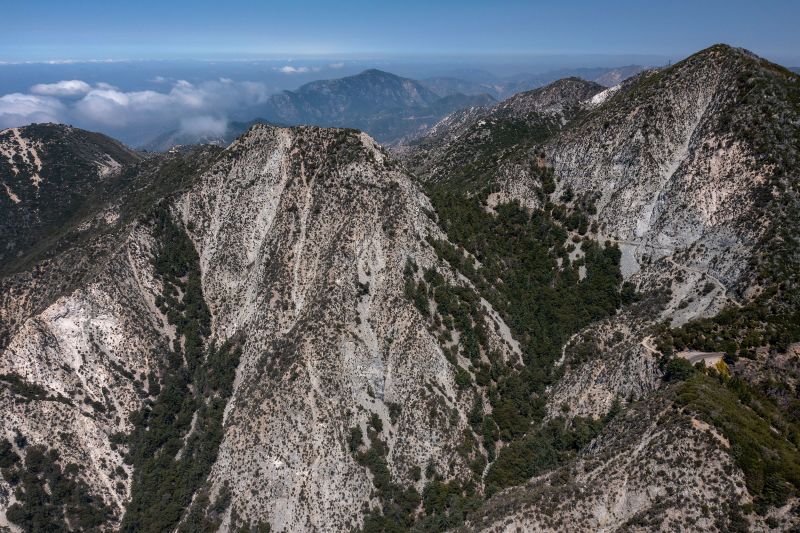Expanding National Monuments: A Comprehensive Look at Biden’s Plan
As part of his environmental initiatives, President Joe Biden has announced plans to expand two of California’s national monuments, originally designated by former President Barack Obama. These sites include the thriving marine environment of the California Coast and the remarkable desert landscapes of Carrizo Plain. Broadening the boundaries of these national monuments demonstrates a clear commitment towards preserving national heritage and ecosystems across the United States.
The first monument, the California Coastal Monument, extends along 1,665 miles of the Golden State’s coastline. Its initial 20,000-acre expanse, established by Obama in 2000 and extended in 2017, is home to an assortment of wildlife, remarkable biodiversity, and significant cultural resources. Biden’s recent order seeks to enhance the protection of these unique coastal ecosystems and habitats for several key species, while simultaneously providing avenues for geotourism and scientific research. Moreover, the substantial benefit of protecting these coastal territories is fundamentally linked to climate change mitigation through conserving natural barriers that safeguard coastal communities against rising sea levels and another climatic phenomenon.
The second monument slated for enlargement is the Carrizo Plain National Monument located in the eastern San Joaquin Valley, which paints a vividly detailed portrait of California’s incredible past. This 250,000-acre site houses the largest concentration of threatened and endangered wildlife in California, making it a significant touchstone for ecological conservation. Likewise, the Carrizo Plain harbors an array of ancient cultural resources, including rock art from the indigenous Chumash people. Expanding this monument would encompass a broader area for ecological preservation and cultural recognition, thus emphasizing Biden’s environmental vision.
The course of expanding these monuments will follow a blueprint under the Antiquities Act, which grants U.S. presidents power to designate national monuments. Biden’s move reinforces the significance of this legislation in the preservation of unique landscapes and cultural heritages in American society. Unlike the ordinary practice of imposing limitations, this expansion implies a conscious shift to prioritize environmental, cultural, and historical resources in national decision-making processes.
Part of these plans to expand the national monuments involves a collaborative approach, leveraging the support of tribal Nations, local communities, and various stakeholders. This inclusive policy approach also signals a shift toward a better balance between development and preservation, striking a sustainable coexistence between human activities and preserving our natural and cultural sites.
The challenge lies ahead, however, largely concerns the implementation and ensuring the upkeep of these areas. Expansion also brings new responsibilities, particularly the increased need for administration and oversight to ensure that the objectives of the expansion are realized. Notably, this includes the preservation of endangered species, sustainable land use, and maintaining the integrity of historic and sacred sites.
In a broader sense, Biden’s plan represents not just a physical expansion of these territories but an increase in the nation’s commitment to climate change mitigation, conservation of biodiversity, and respect for indigenous culture and history. Through the implementation of this expansion strategy, President Biden seeks to leave a lasting environmental legacy while honoring the nation’s diverse cultural heritage for future generations.




